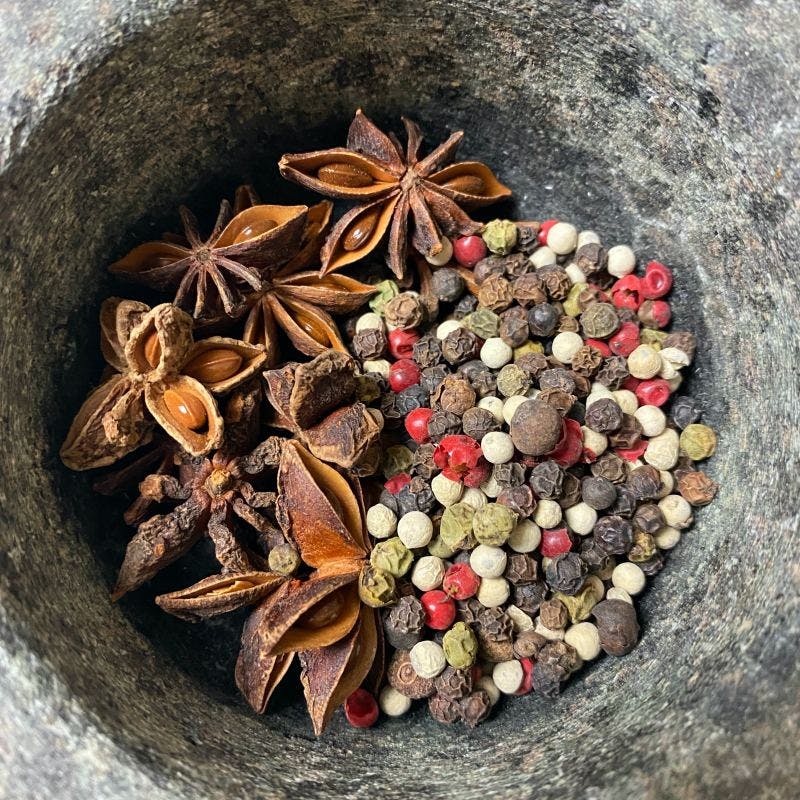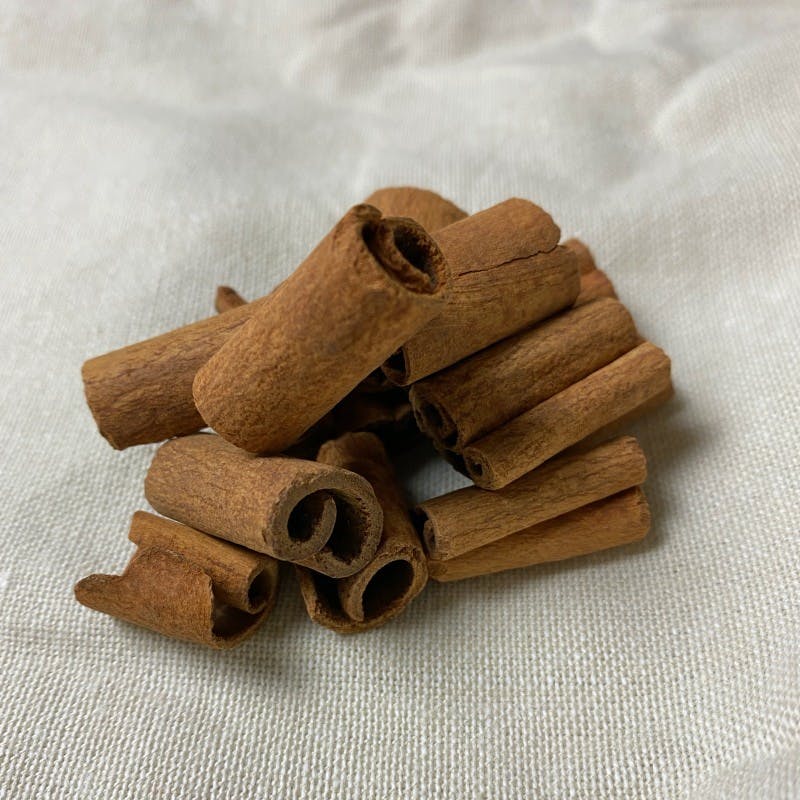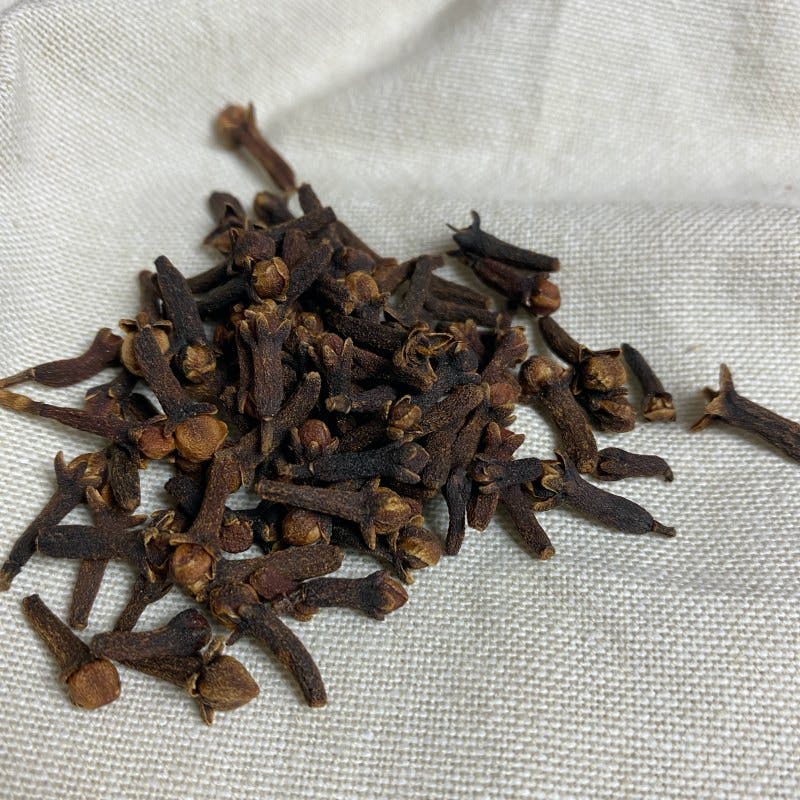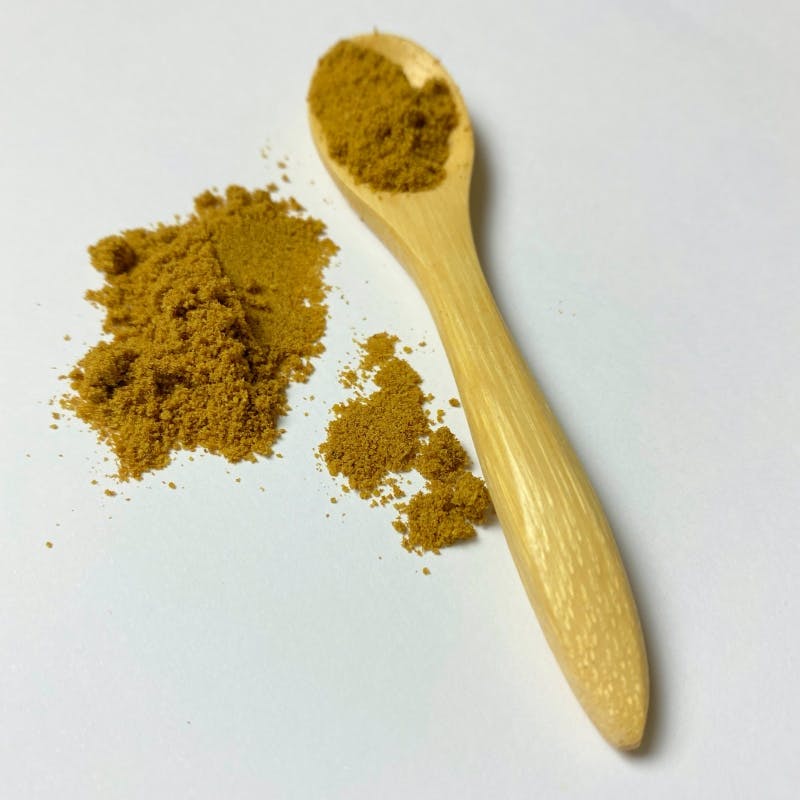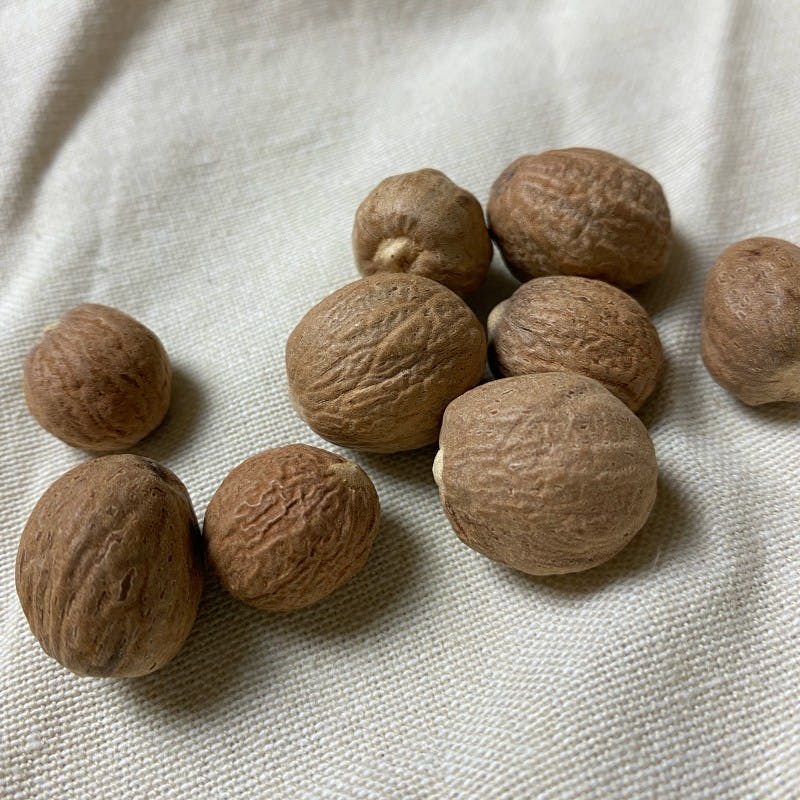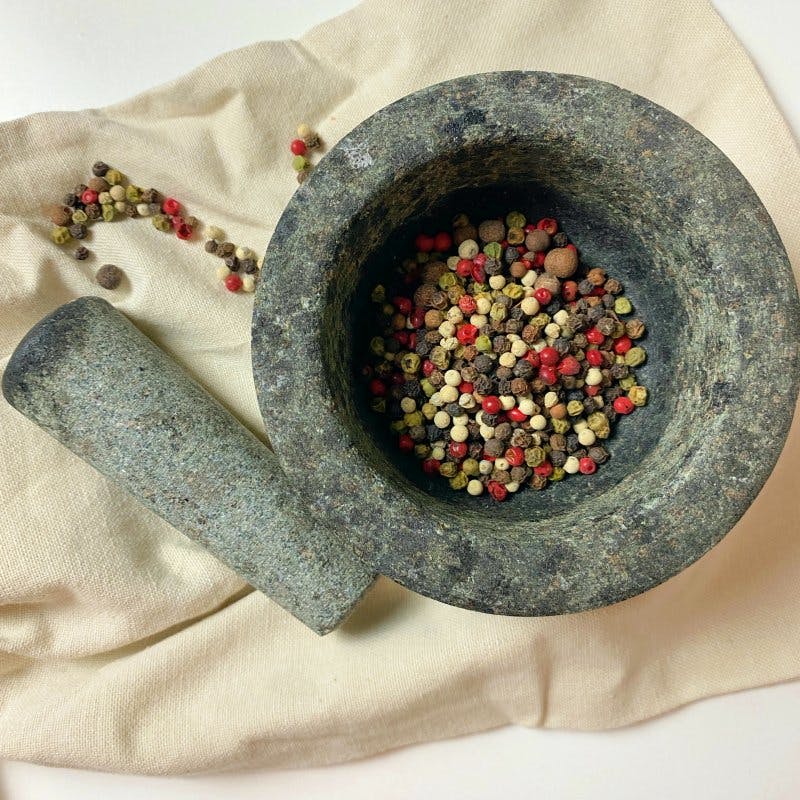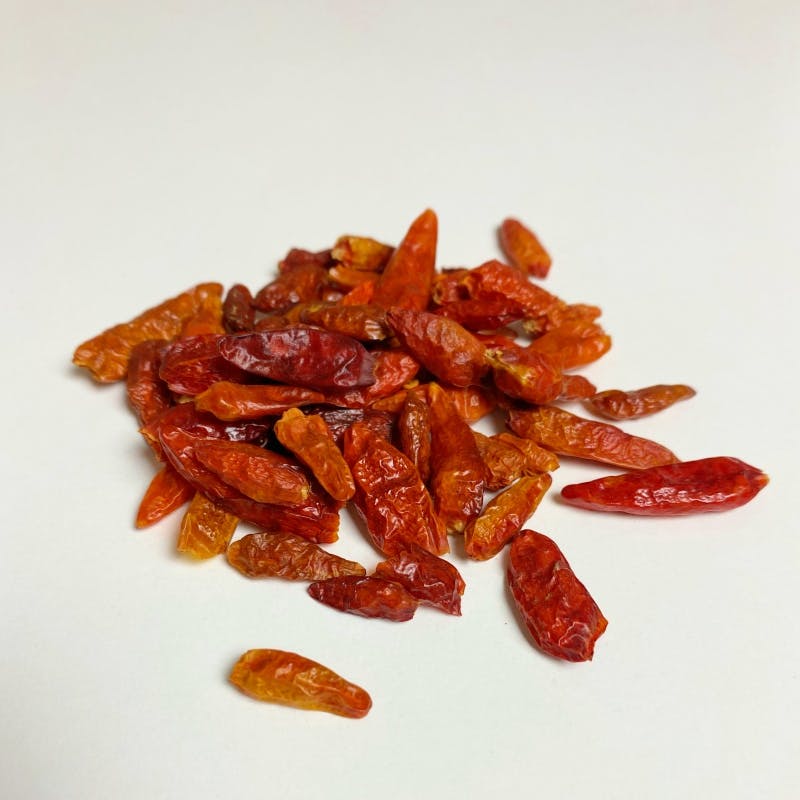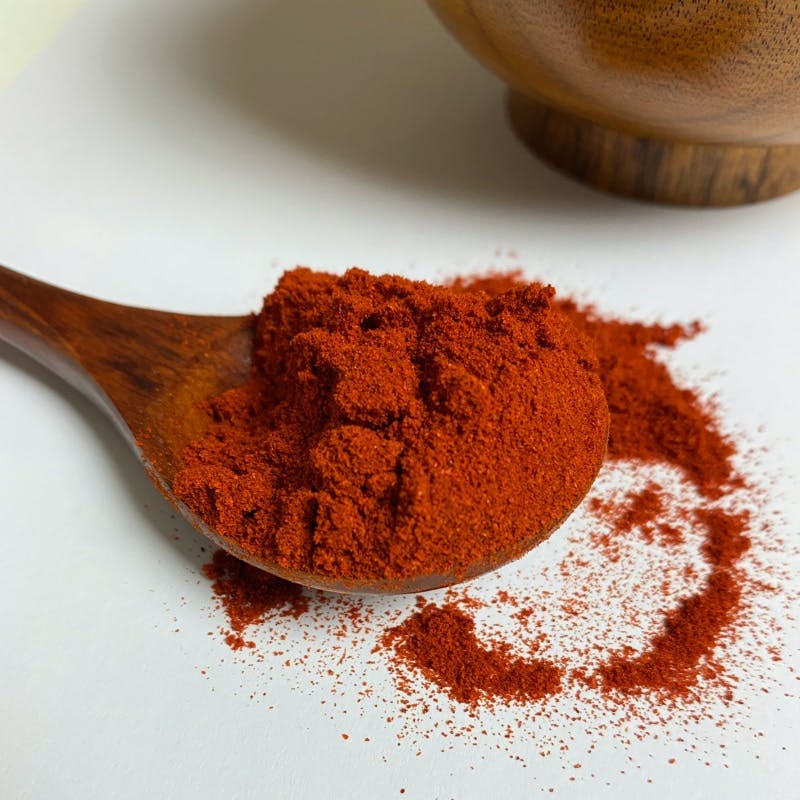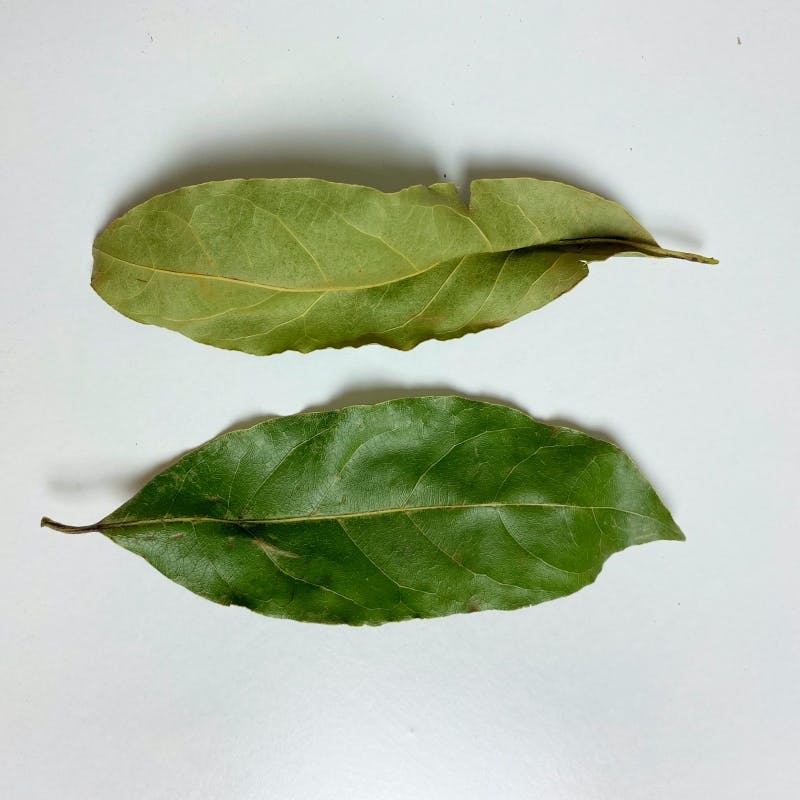The most used spices in Spanish Cuisine
This week I am opening my pantry to show you my favourite spices. I will give you some examples and tips on how to use them to achieve a good balance of flavours in your dishes and make them successful.
Like all styles of food in the world, Spanish food has its spices in many traditional dishes and tapas; The saffron in the famous "Paella", the "pimentón" in the chorizo mix stuffing, the cumin in lentils stew. Villages who once conquered and inhabited the Iberian Peninsula, such as the Romans or Arabs, and the spice fever of the 15th century, in which European countries, including Spain and Portugal, competed to discover the best trade routes in search of spices, are responsible for the variety of the flavours in Spanish food. We can say that Spanish cuisine is full of spices used by other cultures and are now part of our most familiar flavours.

Rosa do vento (Lisboa)
But before we start with the list of spices in Spanish cuisine, I would like to tell you a little bit about these ingredients that are a gift from nature.
What are spices?
It isn't easy to define what spices are, especially considering that there are more than 400 varieties with different origins, uses and formats. However, spices are substances of vegetable origin used in cooking to give flavour, aroma and colour to the food. They are plant parts that are more densely loaded with flavour than most other ingredients used in cooking. Whereas herbs always come from leafy parts, spices derive from seeds, fruits, roots, stems, and flowers and are usually dried. That said, some intensely flavoured leaves, such as bay and curry leaves, can be considered spices because they are used more as a potent background flavouring than as a fresh addition.
How are they classified?
Although they can also be classified by their flavour, the standard organised way is to group them according to their origin from the plant.
Stems
The stem of a plant distributes water and sugars to where they are needed. Few spices derive from stems: lemongrass is the stalk of a tropical grass, and little-known mastic is the dried resin collected from lentisk trees; more famously, cinnamon and cassia are dried pieces of inner and outer bark, respectively, of Cinnamomum trees.
Roots and underground stores
Roots are a plant's lifeline to water and nutrients, and rhizomes, corms, and bulbs are storage chambers that can produce new shoots and roots. Liquorice comes from dried roots, and asafoetida is derived from dried root sap. Turmeric, ginger, galangal, and garlic are all examples of underground stores.
Fruits
The seeds of flowering plants are contained in fruits, and many have evolved to be sugar-rich to make an appealing animal meal, distributing the seeds over a wide area. Numerous spices are derived from fruits, including allspice, sumac, vanilla, and chillies. Several "seed" spices are technically fruits, including dill and ajwain.
Seeds
Most spices are seeds; think of cumin, cardamom, mustard, and fenugreek, or less obviously, nutmeg, which is a seed kernel. It is little wonder that plants frequently concentrate their strongest-tasting defensive chemicals in seeds since these are the precious packets of new life that will sprout into the next generation of plants.
Flowers
Many flowers are known for their attractive aromas, which have evolved to entice insects into paying a visit and pollinating the flower as they do so. Only a few have intense enough appealing flavours to be considered a spice, most famously saffron, whose red strands are pollen-receiving female sex parts (stigmas) of a crocus flower. Another unique flower spice, it may be surprising to discover, is clove.
Now, I will open my pantry to show you my favourite spices. You can also learn how I used each spice by going directly to the links recipes. Have a look and enjoy this festival of colours and flavours.
Anise

One of the first spices known since ancient times. Its seeds are used in cakes, sweets and liqueurs such as the French Pastis, the Bulgarian "Mastika", or the Spanish aniseed liqueur.
Star anise
The star anise tree comes from Southwest China, Korea and Japan. Its star-shaped fruits are widely used in traditional Chinese medicine and cuisine, spreading to South Asia and Indonesia. In Japan, it was introduced by Buddhists, and many of these trees can be found in Japanese Buddhist temples. In Spanish cuisine, star anise is widely used to prepare sweets by infusing them in milk. It is also ideal for fish and meat stews and vegetable soups.
Saffron
Possibly the most characteristic spice of Spanish cuisine. Discovered 3,500 years ago that the saffron flower is believed to have originated in Greece and is, therefore, one of the few spices in Europe. To obtain half a kilo of saffron, you will need about 40 kg of flowers, and each of these flowers has three stigmas which, when dried, will produce the most expensive spice in the world.
In Spain, it was introduced by the Arabs, adapting perfectly to the Spanish climate and evolving to make the national harvest one of the highest quality worldwide, highlighting the plantations in Extremadura, Andalusia, Murcia, and Castilla la Mancha. Its aroma is intense and exotic. It is the aromatic mainstay of many dishes in our cuisine, such as paellas, traditional meatballs, or seafood stews.
Cinnamon
This is the sun-dried bark of the cinnamon tree of Indian origin; it can be used in twigs, pieces or powdered form. Although it is mainly used in desserts, it is also used to add flavour to some meat stews, punches, hot drinks or fruits.
I use it a lot in sprigs to infuse the milk and make desserts or mix it in powdered form with 50% sugar and sprinkle it on desserts such as "torrijas", "buñuelos", or rice pudding. It is a way to make your sugar more attractive, even to add to tea or coffee.
Clove
Basically, the dried flower buds of the clove tree. Whole or ground is handled sparingly due to its powerful taste. In sweet recipes, it flavours cakes, biscuits and preserves. At the same time, in savoury dishes, it goes well with pork, rabbit and game meats, in seasonings and in the dressing of red cabbage, in the preparation of moussaka, in mulled wines and in winter punches. One of the last times I used cloves in my cooking was to make an aromatic lemon oil which turned out very tasty, and I still have it in my pantry.
Cumin
Although originally from the East, cumin arrived in the Mediterranean region 2,000 years ago. It was a spice much appreciated by Egyptians, Mesopotamians, Romans and Greeks. It is very present in Arab, Mediterranean and Spanish cuisine.
It is essential to prepare various types of sausages, chickpea stews, meat stews, vegetable creams, and even the Canarian mojo itself. The list is endless. Besides, it is a common and valued condiment in our traditional kitchens that many homemade dishes have received an extra blessing from cumin.
Turmeric
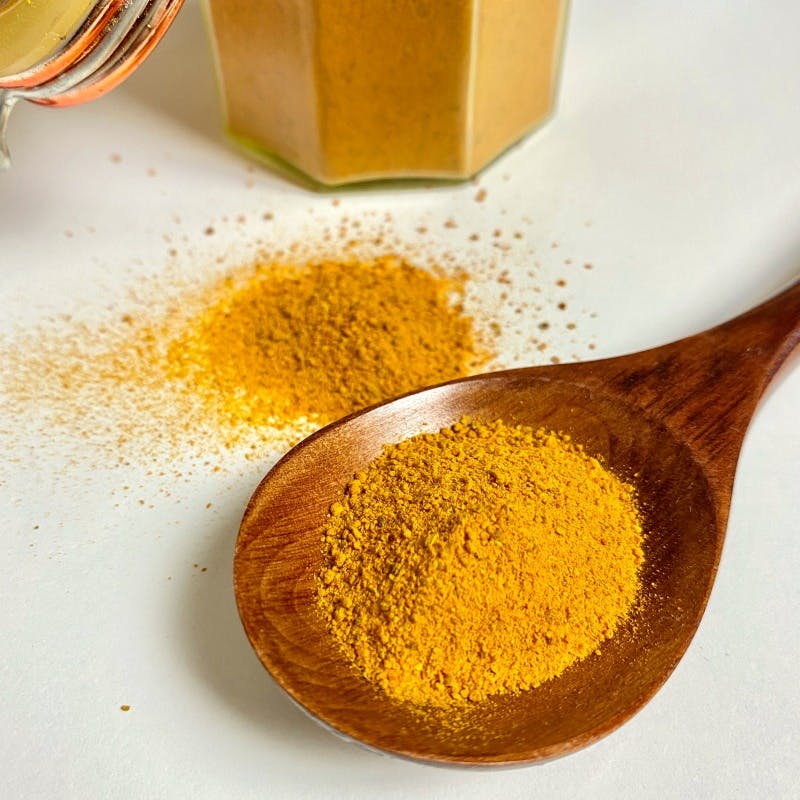
Turmeric is the spice that gives the characteristic yellowish colour to curry mixtures and is also one of the most beneficial spices for health. Turmeric has a mild, slightly smoky flavour, which combines very well with other spices. You can enrich your stews, sauces, marinades and rice dishes with the beautiful colour and flavour it brings.
Fennel seed
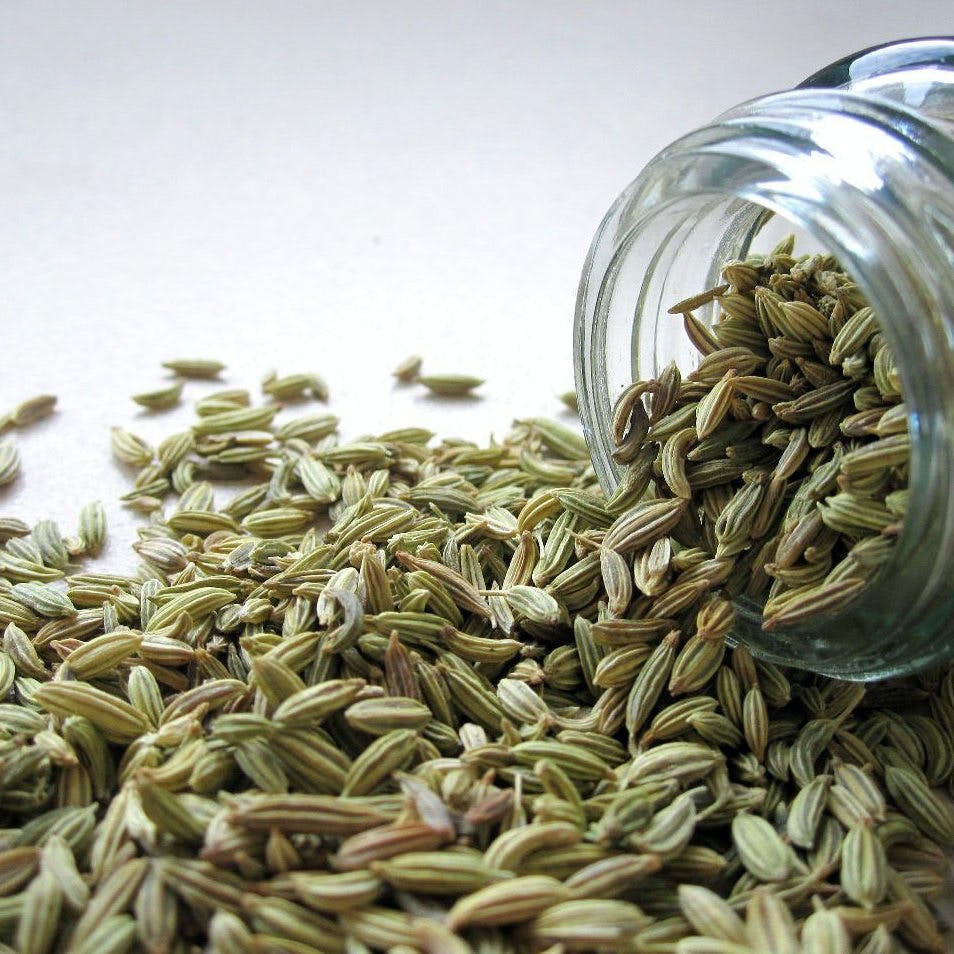
Native to southern Europe, the whole plant is used: bulb, leaves, stems, and seeds. It is characterised by its citric and aniseed flavour and aroma. Focusing on their properties as spice (leaves and seeds), they are ideal for seasoning meats, especially pork or fish. They can also be added to salads, bread, sauces, stews, soups and cakes. It is an ingredient that cannot be missing in the preparation of pickles, such as olives or gherkins. Taken in infusion, it is very effective for eliminating gas and favouring digestion due to its different properties.
Nutmeg
It is the fruit of the tropical tree Myristica fragrans and is native to the Moluccas (Indonesia), an archipelago known as the Spice Islands. The nutmeg tree not only gives us this fruit for flavouring dishes in the kitchen. Its shell, the mace, is also highly valued for its similar characteristics, although its flavour and aroma are milder. Essential oils are also extracted, and their use is extended to natural medicine. Nutmeg is also used in many dishes, from béchamel to confectionery. It forms part of spice mixtures such as Garam Masala or Curry, of brines, sausages, punches and, in general, in vegetable recipes, soups, meats, fish, bread and recipes for dairy-based sauces.
Peppercorn
This is possibly one of the most internationally used spices and is also considered one of the oldest. The Piperaceae require humid and warm areas to grow and develop, which is why different types of pepper can be found in disparate parts of the world, such as South America, Asia, and Africa.
Black, white and green peppers come from the same plant, "piper nigrum", and the differences in colour and flavour result from the seed's maturity level and subsequent drying process. Their flavours are different, so depending on the recipe, one type of pepper or the other may be more suitable. The best-known and most commonly used black pepper is harvested halfway through the ripening process, and the seed is boiled briefly before drying. It is used in grain or powder to season meat, poultry and generally high-protein dishes. Its flavour is the strongest of all the berries of the plant. Green pepper is harvested when the seed is still immature and green in colour. During drying, a chemical compound is usually added to preserve the colour. It can also be fresh, preserved in glass jars, or immersed in water or vinegar. White pepper is obtained from the fully ripe seed. It is used to season meat, poultry, fish, sauces and light-coloured dishes.
Cayenne pepper
It is a small red chilli pepper from Cayenne (named after the city in French Guiana), the family of Solanaceae. The process begins by picking the fruits - chilli peppers - from the bush, allowing them to dry and then grinding them. The fruits will turn from yellow to the final characteristic dark red, during this process. It is a very hot spice that is used in tiny quantities. Cayenne pepper goes very well with seafood; it is used to boil seafood and to make a fish fumet or short fish stock. It can also be added to seafood puddings and fish stews. It is also used to make cheese sauces, spicy dishes, flavoured mayonnaise, stews, soups or game dishes.
Pimentón
It is one of the most characteristic spices of Spanish cuisine. Paprika is nothing more than the powder obtained by grinding peppers. The condition to grind it correctly is that it has been previously dehydrated. The simplest natural drying process is prolonged exposure to the sun. In the Extremadura area, owing to the ripening conditions of the fruit and the climate, the method used is smoking over a wood fire, usually oak. When the peppers are dry, with the appropriate humidity, they are ground, first with mallet mills and then finely, using rotary mills of the old stone type, modified to avoid losses due to dust.
It is used to make many preparations, such as chorizo. It is also used for many marinades and "adobos". I love it to add a smoky touch to my dishes. I have used it in sauces such as prawns in pil-pil sauce or rice dishes like Portuguese duck rice. It mustn't be over-roasted because it can add bitter aromas if you pass it.
Bay leaf
Bay leaves come from the bay tree, a legendary evergreen growing throughout the Mediterranean. The good laurel keeps its green and crumbled leaf, giving off a delightful, bitter, and intense aroma. It is used in marinades, potajes, and stews.
Vanilla
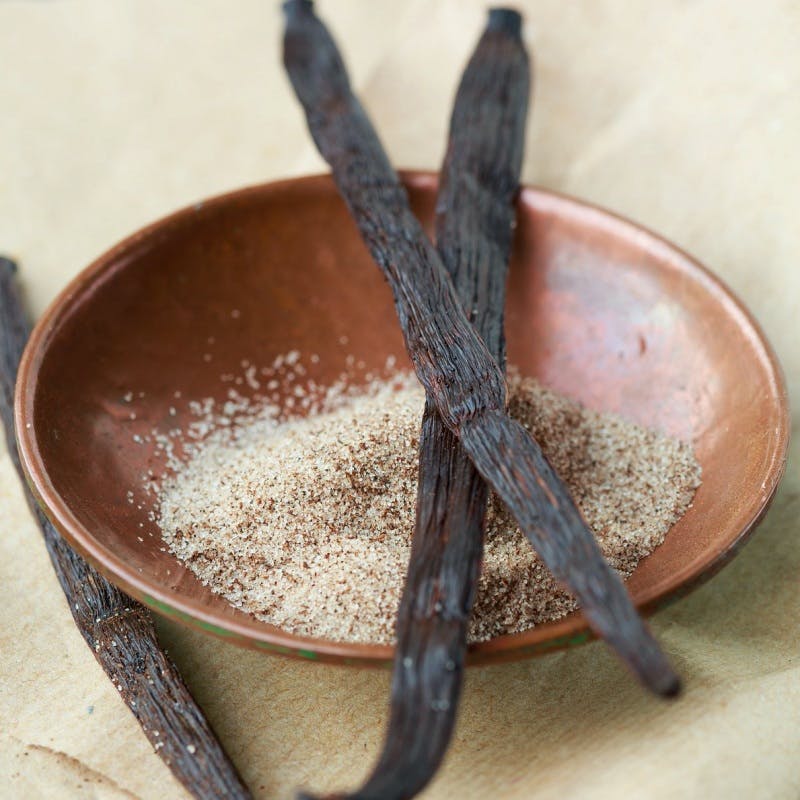
Vanilla is one of the most recognised spices in the world. The Aztecs adored it for its digestive and stimulating properties. It has an exquisite aroma and unmistakable flavour, making it a highly prized element in gastronomy and the perfume industry.
It is an indispensable ingredient in pastries, ice crea, and it is present in dishes such as rice pudding, crème brûlée, custard and a whole host of regional cakes and sweets.
The best way to use it if you can get a natural pod is to remove the seeds with a knife and add it to a liquid medium such as cream, milk or egg.
Cardamom
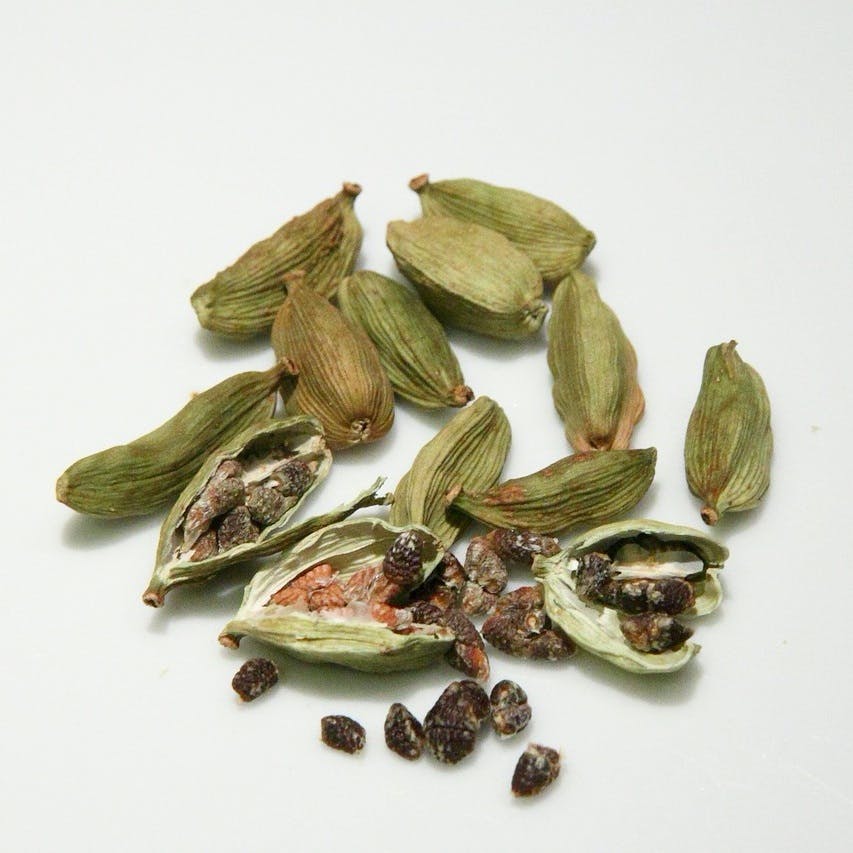
A relative of ginger, it is the third most expensive and widely used spice in the world after saffron and vanilla. It is a green berry from which the seeds are extracted and ground and used to flavour rice, bread, desserts and curries, as well as to flavour coffees and teas. There is a large variety in India, and in Arab countries, it is often chewed to freshen breath. It is also used in perfumes. It has an intense aroma with a lemony to spicy taste.
And so much for this journey of colours and flavours through Spanish cuisine. I have to tell you that there are many spices that I have left out of the list, and also many dried herbs that could be considered spices, such as oregano, thyme, rosemary, garlic powder and some others.
I hope you enjoyed it and I wish you a tasty week!

